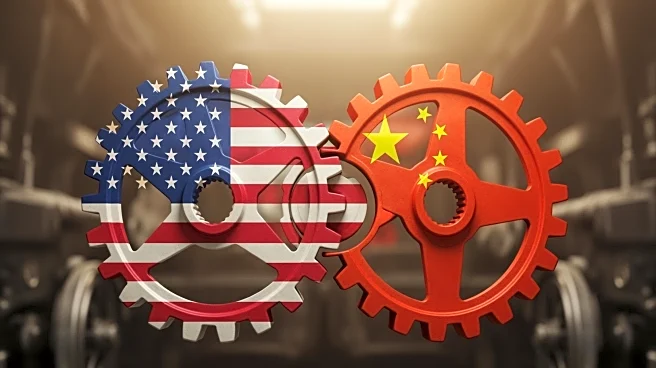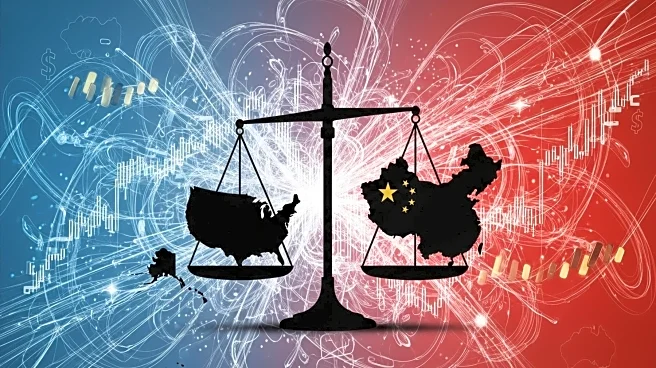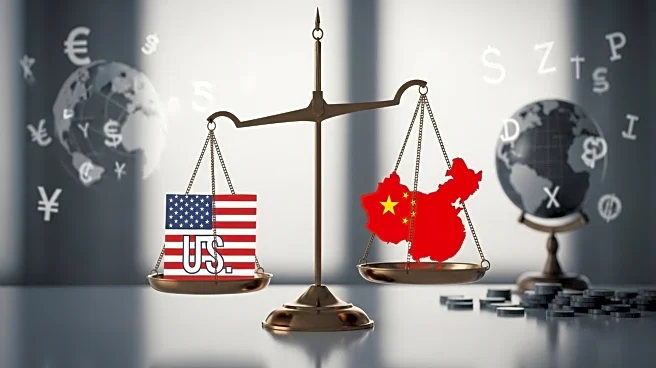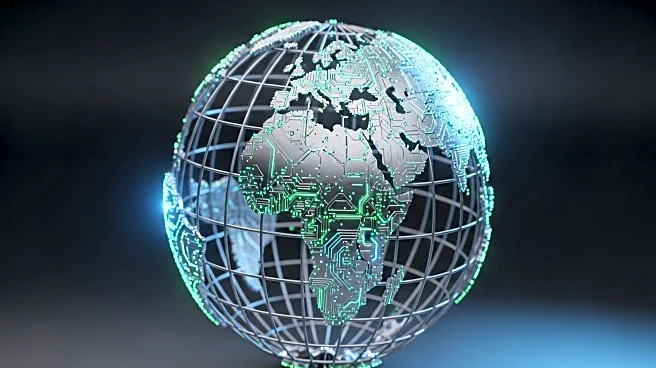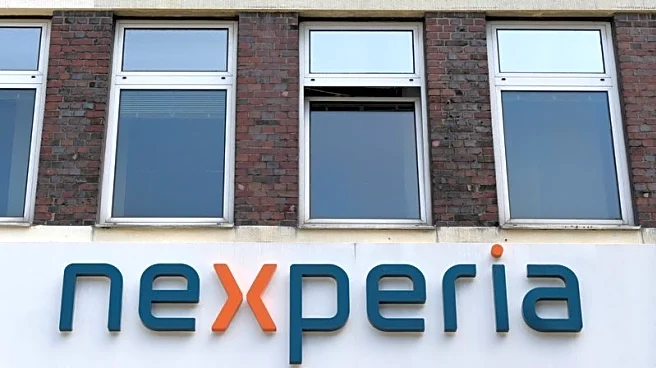What's Happening?
Renewed trade tensions between the U.S. and China are impacting the copper market, as the demand for the metal is expected to surge due to the AI boom, increased defense spending, and energy transition.
Matt Chamberlain, CEO of the London Metal Exchange, emphasized the lessons learned from the recent U.S.-China spat over rare earth minerals, which underline the supply challenges in the copper market. Chamberlain noted that supply tightness has led to a short-term supply squeeze, reversing the prevailing market consensus. Copper, essential for semiconductors and cooling systems, is increasingly in focus as investors remain optimistic about AI advancements. Chamberlain highlighted the need for diversity in supply and delivery locations, with Western producers considering reinvestment in smelting capacity. Aurubis, Europe's largest copper producer, is in talks with the Trump administration to build a new copper smelter in the U.S., potentially with government support.
Why It's Important?
The U.S.-China trade tensions and the resulting supply challenges in the copper market have significant implications for various sectors. Copper is crucial for the development of AI technologies, defense systems, and renewable energy solutions. The potential rise in global demand for copper could lead to price volatility and amplify demand, impacting industries reliant on this metal. The strategic bottleneck posed by copper in the global energy transition highlights the need for governments and investors to act to prevent scarcity. The discussions around sustainability premiums for Western smelters could influence environmental standards and investment strategies in the copper industry.
What's Next?
Aurubis's potential collaboration with the Trump administration to establish a new copper smelter in the U.S. could enhance domestic copper production and reduce reliance on foreign sources. The focus on sustainability and environmental standards may lead to new policies and incentives for copper producers. As demand for copper continues to rise, stakeholders in the industry may need to explore innovative solutions to address supply chain disruptions and ensure a stable supply of this critical metal.
Beyond the Headlines
The copper market's challenges reflect broader geopolitical and economic dynamics, including the strategic competition between the U.S. and China. The emphasis on sustainability and environmental standards in copper production could drive long-term shifts in industry practices and regulatory frameworks. The convergence of trends such as AI, defense spending, and energy transition underscores the interconnectedness of global markets and the need for strategic planning to address potential bottlenecks.



